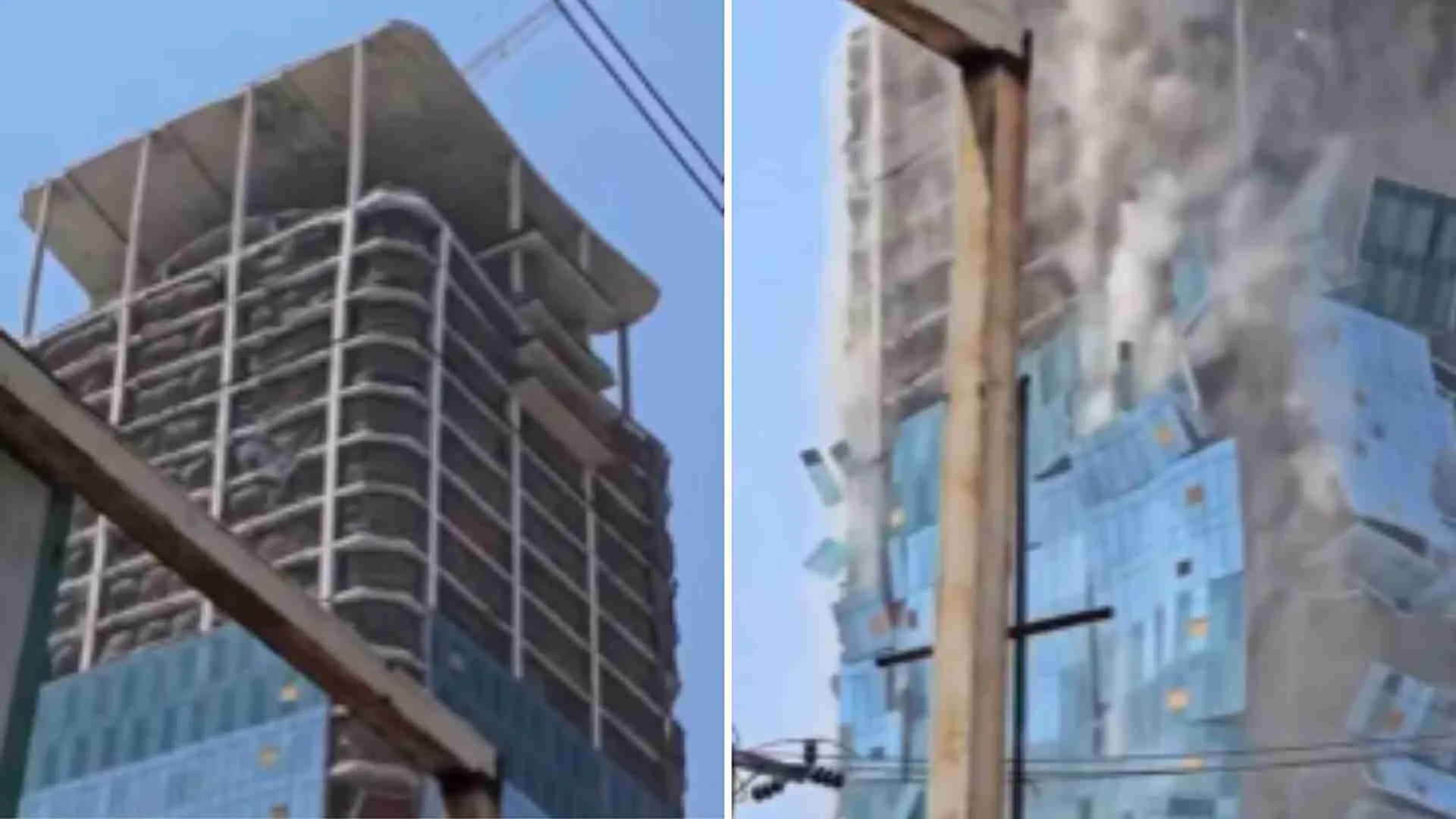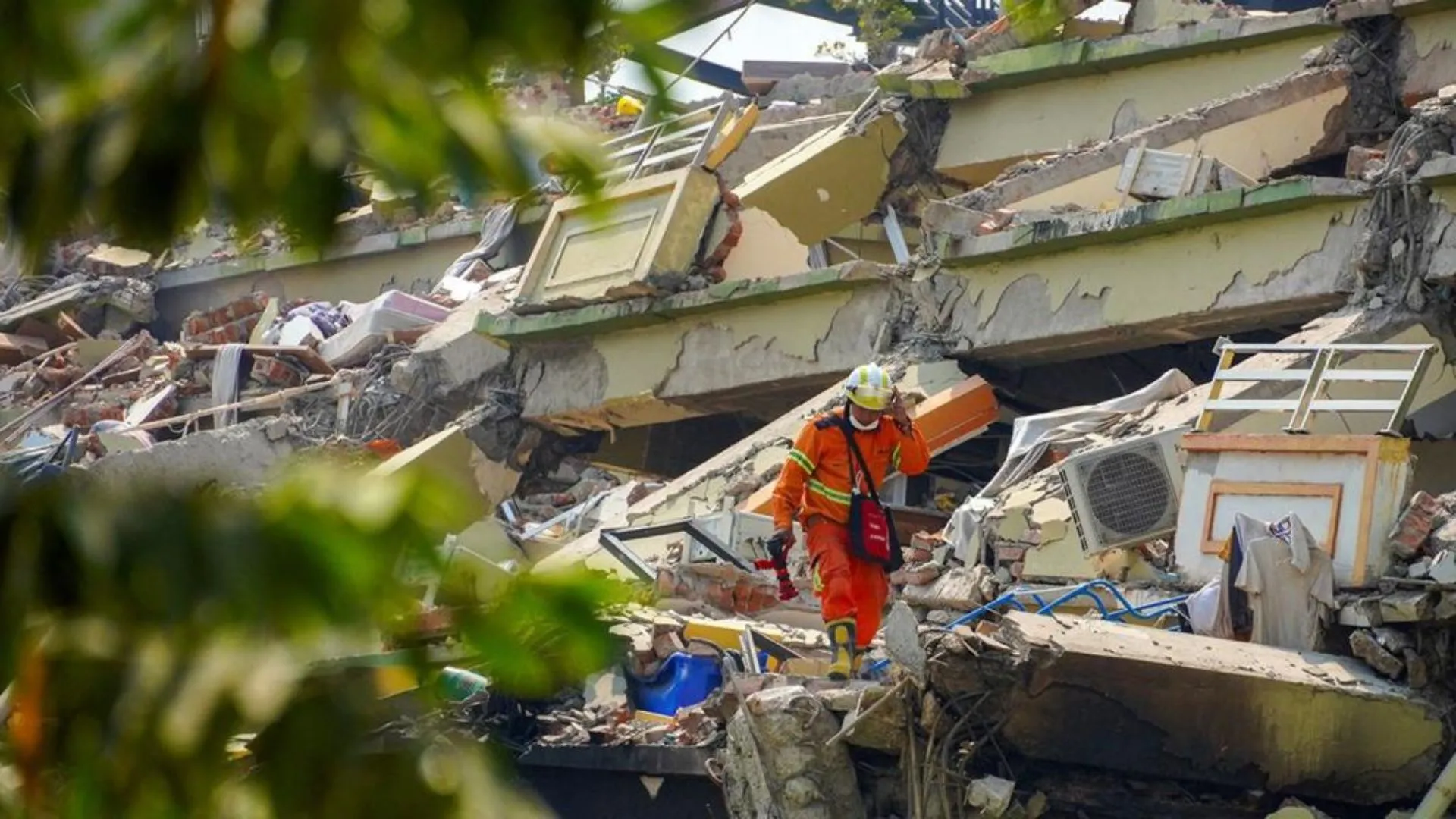A devastating 7.7-magnitude earthquake struck Thailand and neighboring Myanmar on Friday, March 28, causing widespread destruction. Reports indicate that over 20 people have lost their lives, and many remain trapped under debris. While some buildings, including a high-rise under construction in Bangkok, crumbled under the force, others swayed but remained intact. The difference lies in the science of earthquake-resistant engineering and construction materials.
How Earthquakes Impact Buildings
According to a report by Exploratorium, earthquakes generate seismic waves that travel through the ground, causing structures to shake. However, how a building reacts to these tremors depends on several factors, including its height, design, and materials used in construction. Surprisingly, taller buildings often withstand quakes better than shorter ones due to their flexible designs, which allow them to absorb seismic energy. In contrast, shorter and stiffer structures experience greater force and are more likely to sustain damage.
WATCH THE VIRAL VIDEO:
A social media user highlighted this concept with a viral post, comparing skyscrapers to “big, wobbly Jenga towers” that sway slowly, while smaller buildings behave like “solid Lego houses” that rattle quickly. This phenomenon explains why some structures collapsed while others remained standing despite intense ground shaking.
Engineering and Materials: The Key to Earthquake Resistance
The materials and structural design play a significant role in determining a building’s ability to survive an earthquake. Flexible materials such as steel and wood absorb seismic shocks better than rigid materials like unreinforced concrete or masonry. Engineers use reinforced joints and trusses to distribute seismic forces more evenly throughout a building, minimizing damage.
In earthquake-prone regions, advanced technology such as base isolators is commonly used to reduce structural damage. These isolators act as shock absorbers at a building’s foundation, limiting the amount of force transferred from the ground to the structure.
Modern Engineering Saves Lives
While Bangkok’s high-rises swayed dramatically, most remained intact, showcasing the effectiveness of earthquake-resistant design. This event underscores the critical role modern engineering plays in mitigating earthquake damage and protecting lives. As cities continue to expand, investing in seismic-resistant construction will be crucial in reducing casualties and destruction from future earthquakes.









